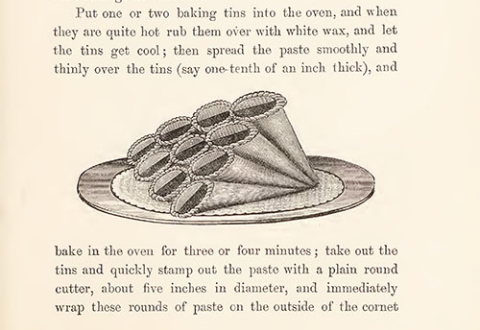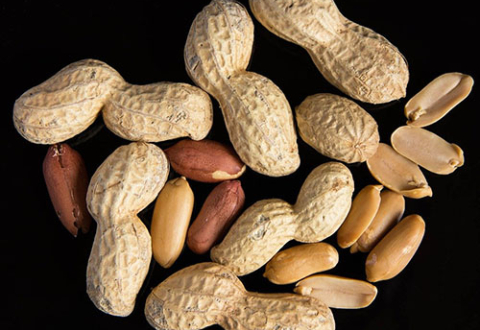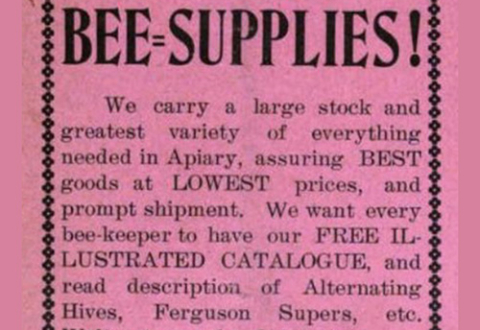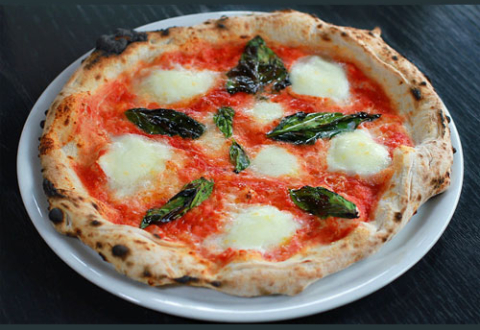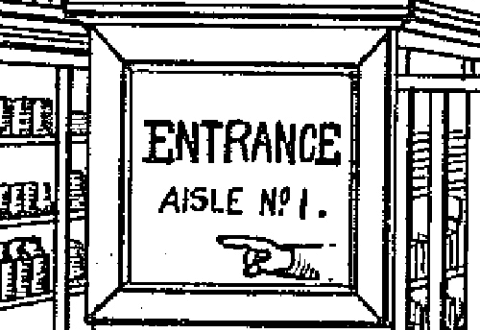When it comes to food-related collections at the National Museum of American History, it's a veritable feast. From tableware to kitchen tools, farm machinery to ice cream molds, wine presses to vitamin packages, the Museum's collections include a wealth of material reflecting the deliciously complex traditions and innovations in American food history. As a curator in the Division of Work and Industry, I have worked closely with colleagues to bring several food-related collections into the Museum, notably Julia Child's kitchen and objects and archival materials from Stag's Leap Wine Cellars in Napa, California. And one particularly memorable collecting trip was a visit to the Minneapolis headquarters of Nordic Ware, following up on the company’s offer to donate an original Bundt cake pan--its most famous product--to the Museum.
Collecting is rarely straightforward. Often it starts with an offer of an object or two, and ends with a donation of a group of artifacts and documents that reveals a multilayered view into American history. Nordic Ware contacted us about the Bundt pan as part of its sixtieth anniversary celebration, but we quickly sensed there was a much larger story of invention, innovation, manufacturing, marketing, business history, and entrepreneurship. At the factory we met David Dalquist, the company's chief executive and son of its founder, and soon found ourselves in a room bursting with six decades of cookware, stacks of photographs, recipes, engineering reports, notebooks filled with sketches, marketing materials, and correspondence files. Clearly, the beloved Bundt was only a beginning.
We collected samples of early aluminum cookware, including special tools such as krumkake irons, ebelskiver pans, and rosette irons, which the company made for Minnesota's large Scandinavian population. On a tour through the factory we spied the actual molds used for manufacturing cake pans in the 1950s and added them to our list. A wooden display board containing plastic machine parts produced in the 1940s by the original Dalquist firm--Plastics for Industry--joined the growing stack of items we wanted to collect.
From the business files we learned of the company’s early interest in microwave technology and its research into microwave-safe materials. In 1978 Nordic Ware developed a "new thermoset plastic molding technology" for producing cookware that could be used in both conventional and microwave ovens. The company also designed and produced the highly successful Micro-Go-Round, a microwave turntable in the era before this became a built-in feature. Engineering and product-testing files and various samples of the turntable provided rich documentation of this story.
Among the Nordic Ware records are lab notebooks documenting product testing for such items as an electric wok, an ice shaver, a pint-sized ice cream maker, a pressure cooker, a potato cooker, and even a handheld bellows for "cooling kids' food when it is too hot." In conversations with staff members we learned of the company's annual creative sessions for developing new product ideas. Employees throughout Nordic Ware are encouraged to brainstorm and present ideas at special staff workshops. Notebooks containing sketches of ideas presented in years past joined the mountain of material destined for the Museum.
A few highlights from the Nordic Ware collection were displayed shortly after their arrival in Washington. The thirty-five artifacts are cataloged and safely stored; twenty-eight cubic feet of archival material has been cataloged in the Museum's Archives Center. This collection is fully accessible and is one of many that will inform future food-related exhibitions, programs, and research publications. What began with a phone call about a Bundt pan ended in a treasure trove for people with wide-ranging appetites for history.
From Prototype, December 2009


